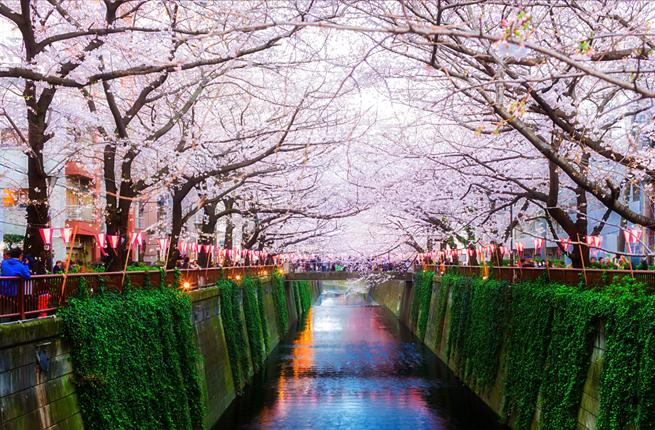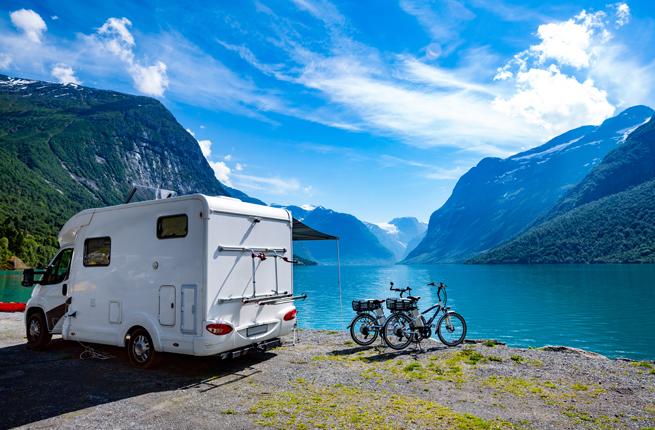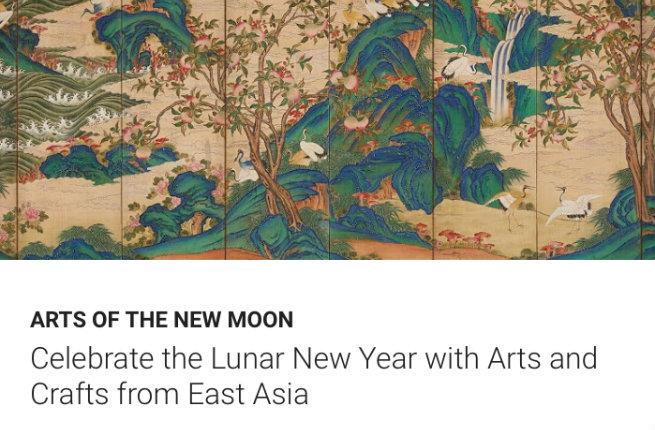Travel Tips
Oh, the Places You’ll Go: Everywhere You Can Legally Get High in America
- /home/discountdealsonh/public_html/wp-content/plugins/mvp-social-buttons/mvp-social-buttons.php on line 27
https://www.discountdealsonhotels.com/wp-content/uploads/2017/08/weed-hero.jpg&description=Oh, the Places You’ll Go: Everywhere You Can Legally Get High in America', 'pinterestShare', 'width=750,height=350'); return false;" title="Pin This Post">
- Share
- Tweet /home/discountdealsonh/public_html/wp-content/plugins/mvp-social-buttons/mvp-social-buttons.php on line 69
https://www.discountdealsonhotels.com/wp-content/uploads/2017/08/weed-hero.jpg&description=Oh, the Places You’ll Go: Everywhere You Can Legally Get High in America', 'pinterestShare', 'width=750,height=350'); return false;" title="Pin This Post">

While marijuana is still illegal on a federal level, states have made their own determinations about how to handle pot within their borders, and for the most part are enjoying more tax revenue and a new tourism stream. But each state differs somewhat in its laws, so here’s a rundown of how it works in each one and when the new laws are expected to take effect.—Kelsy Chauvin

Colorado
The very first state to sell legal recreational marijuana (on January 1, 2014) accumulated more than $70 million in tax revenue in its first year—and already expanded its laws. So not only can anyone in Colorado buy pot; as of last November, voters approved a measure letting businesses create cannabis “consumption areas.” The new law means locals and tourists will be allowed smoke in designated areas once the state sorts out some of the legal stipulations in early 2017. For now, tourists over the age of 21 can buy up to a quarter-ounce of weed (residents can buy a full ounce), and may smoke in private areas such as homes, social clubs, “420-friendly” hotels, or by riding in a cannabis tour bus.
PLAN YOUR TRIP: Fodor’s Colorado Guide

Washington
Since July 2014, the Evergreen State has allowed recreational cannabis sales up to an ounce to locals and tourists alike (aged 21 and up). For non-smokable forms, you can buy up to 16 ounces of marijuana-infused edibles or 72 ounces of beverages. It’s only legal to smoke in private areas, and you could face a small fine if you’re caught smoking on the street. There aren’t as many dispensaries in Washington due to its permitting system, but that hasn’t kept the state from raking in more than $1 billion in non-medical pot sales since the law went into effect.
PLAN YOUR TRIP: Fodor’s Washington Guide

Alaska
Alaskans and tourists have legally lit up since February 2015, though its first retail dispensary, Herbal Outfitters in Valdez, only opened its doors last October. Now adults 21 and up can buy as much as an ounce for recreational use. And not that it would matter much to a tourist, but unlike Washington and Oregon, in Alaska and most other fully green states, you can cultivate pot plants even if it’s not for medical use.
PLAN YOUR TRIP: Fodor’s Alaska Guide

California
The first state to legalize medical marijuana back in 1996 didn’t join the recreational-use party until the 2016 election. And tourists there will have to wait until after January 1, 2018 to actually buy it, when the government begins issuing the first retail licenses. Until then, only Californians with medical-use permits can legally acquire cannabis to smoke, eat, or drink—but they can “gift” it, as long as it’s not more than an ounce. Like in all states, smoking is only permitted in private areas, and driving under the influence comes with steep penalties.
PLAN YOUR TRIP: Fodor’s California Guide

Maine
When voters approved recreational cannabis in 2016, Maine legislators seemed to have been caught somewhat off-guard. Not surprising, since the measure eked in with just over 50 percent of the vote (though medical pot has been legal since 1999). The new recreational law allows individual possession of up to 2.5 ounces of marijuana, which is more than double the limit in most states. While possession and consumption by adults is legal, licensed dispensaries likely won’t open doors until well into 2018. So New England tourists seeking a greener vacation in the Pine Tree State may prefer to wait until local officials iron out its regulatory fine print.
PLAN YOUR TRIP: Fodor’s Maine Guide

Massachussets
The Massachusetts government is having a hard time implementing the exact recreational-cannabis measure approved by 54 percent of voters in 2016. As of mid-December 2016, purchase, consumption, and possession of up to an ounce of weed is legal, as is growing up to six plants. But legislators are still tweaking regulations that may alter some of the ballot-approved initiative, like changing the tax rate for marijuana sales and raising the legal age from 21 to 25. For now, retail dispensaries are still expected to start opening in 2018—but whether in January or July is still to be determined.
PLAN YOUR TRIP: Fodor’s Massachusetts Guide

Nevada
It comes as no surprise that voters in the free-wheeling state of Nevada approved recreational marijuana in the 2016 election, under a measure to “regulate and tax” it. As of January 1, 2017, adults 21 and over can possess up to an ounce, or 3.5 grams of cannabis concentrates. It’s also legal to grow up to six plants, as long as it’s more than 25 miles from a pot dispensary—which shouldn’t be a problem until the first licensed retail stores open in January 2018. On a side note, some state prosecutors declared that they’re dropping pending pot cases nullified by the new law.
PLAN YOUR TRIP: Fodor’s Nevada Guide

Oregon
In 2014, voters approved recreational pot use in Oregon, the third state to do so, and among the first to green light medical cannabis back in 1998. Today the state is enjoying tens of millions of dollars in tax revenue, thanks to having as many marijuana dispensaries as Starbucks and McDonalds outposts combined—not to mention hundreds of applications in the hopper for new weed retailers. Tourists (over 21, of course) can choose from a wide array of consumer-friendly pot shops, where “budtenders” relay all the salient details about each strain, edible, beverage, or concentrate. The wrinkle, as is the case everywhere until Colorado’s new “consumption area” law kicks in, is that all grass must be consumed in private.
PLAN YOUR TRIP: Fodor’s Oregon Guide

Washington DC
Not even the most liberal state can rival the 70-percent approval rate by which D.C. voters legalized recreational marijuana in 2014. (The next closest was California, by 57 percent.) The law took effect in February 2015, and it’s tricky: In the city limits, it’s legal to possess up to two ounces or grow up to six plants. But technically, you can’t buy or sell it; and you can only “gift” up to one ounce. So tourists would have to find a generous soul willing to donate a sample. Unless you have a doctor’s prescription, that is, because medical cannabis has been legal here since 2011.
PLAN YOUR TRIP: Fodor’s Washington, D.C.
Travel Tips
The Luxurious Way to Experience Tokyo’s Cherry Blossom Season

Palace Hotel Tokyo’s Blossoming Tokyo package immerses guests in the beautiful cherry blossoms that bloom throughout the city during the spring months. Over the course of a three-hour tour, guests will be chauffeured to Tokyo’s most scenic sakura-spotting locales in a luxury car.
Interested in taking your Instagram to the next level? The hotel’s concierge can, at an additional charge, arrange for a professional to photograph guests among the blossoms. No filters necessary!
The package (which features additional add-ons such as a workshop on mochi making, a lesson on the art of flower arranging, as well as a seasonal bento box lunch tasting) is available from March 1 through May 31.
To learn more about the Blossoming Tokyo package visit Palace Hotel Tokyo.
PLAN YOUR VISIT with the Tokyo Travel Guide.
Travel Tips
Today Is National Plan for Vacation Day!

Today marks the first-ever “National Plan for Vacation Day,” created by the organization Project: Time Off, which estimates that 55 percent of employees in America do not use all of their allotted vacation days.
In fact, Americans skipped out on 658 million days in 2015, many of which couldn’t be recouped the next year because they didn’t roll over. What’s the reasoning behind the overzealous work ethic?
For one, employees are glued to their computers and phones, available at all times, and able to work anywhere that has Wi-Fi. We also have fears associated with taking time off: work will pile up while we’re away, or employers will see us as replaceable.
And some of us are bad at planning—by the time we get around to thinking about vacation, our calendar has already filled up for the year. Making time is worth it, though; as it turns out, vacations are actually quite good for employees and have benefits similar to meditation. Many employees found their own concentration had improved and were able to get more done after returning from vacation.
It’s still early days for 2017, so Project: Time Off is urging employees to work out a schedule today, so you can make sure that PTO doesn’t go to waste, even if it means having a conversation with your boss.
Now, the fun part: where should you go with your pent-up wanderlust? Our staff recommends places like Bordeaux, Cape Town, and Kiev, (but maybe skip Dubai and Times Square).
Travel Tips
Test Drive Google’s Totally Amazing Arts and Culture App
Picture yourself standing within inches of Chagall’s magnificent ceiling at the Paris Opéra, examining every last detailed brushstroke of the surrealist masterpiece. Or strolling through the back streets of Paris in the company of urban explorer and photographer David de Rueda. This is the stuff art dreams are made of, experiences that only the luckiest of art aficionados may have the chance to enjoy—if they’re really, really lucky.
But thanks to a new Google online platform, you don’t even need to leave your home to relish in some of the world’s most amazing art. Since not everyone has the time or money to travel the world appreciating global culture or the connections to access such masterpieces, the Google Cultural Institute has partnered with more than 1,100 institutions, making available more than 400,000 artworks and 5 million photos, videos, manuscripts and other documents online, to everyone, for free. And not just make available, but curated with virtual tours, online exhibitions, a searchable database, and a bounty of other ways to experience the world’s foremost cultural treasures. It’s a platform called Google Arts & Culture, available via website and app.
Admittedly, the site is a little confusing to navigate. The best thing to do is just play and see what you discover. You will be rewarded wherever you end up. The homepage changes daily with different features, while the hamburger menu provides navigation to artists, art movements, partner institutions, and the like.
Here’s a primer on the absolutely-do-not-miss highlights.
Explore a Database of Artworks

You can sort through thousands of masterpieces from thousands of museums in more than 70 different countries. Use the search tool to search for anything: shoes, all things silver, Egyptian cats, Bordeaux, whatever you choose. You also can search by artist, medium, art movement, museum (search by partner), even object. Or scroll through an artist’s repertoire by time period (for example, see Rembrandt’s evolution as an artist, one painting at a time, here) or color (see here).
Zoom in to See Masterpiece Secrets
Google has devised advanced technology to hone into the extraordinary detail of images, paintings, artifacts and more, far beyond what you can see with the naked eye. One of the most amazing stories concerns Paris Opéra’s ceiling by Marc Chagall. Chagall’s son, David McNeil, had always heard that his father had painted a picture of him as a baby but he never knew where it was – until they found it embedded in the Paris Opéra ceiling, near the Stravinsky panel, during this Google project. Take a peek here.
Take a Virtual Tour

Get up close and personal to hundreds of art institutions and cultural icons—the Statue of Liberty, Sagrada Familia, Fenway Park—where you can drag your finger around the image and tap to move through an exhibit or location in a museum-themed version of Google Street View. It’s like you’re personally visiting the site, studying what’s on the walls, on the floor, in the next room, whatever interests you, without actually being there. And it’s not just big museums here–check out, for example, the Wyeth-Tootle Mansion in St. Joseph, Missouri. Some also require the use of a virtual reality viewer to enhance the experience (such as Google Cardboard; the website shows you how to make your own; see here).
See Secret Spaces in 360
Join urban explorer and photographer David de Rueda in an exploration of Paris’ secret side in a feature called Curio-Cité, best seen on your mobile phone with a virtual reality viewer and headphones. This is just the first of many such explorations to be created.
Get Good Old-Fashioned Museum Info

Should you be planning to physically visit a museum, you can check opening hours, its location on a map, and daily events.
Enjoy an Interactive Online Exhibit
Google offers a series of different online exhibits in which you can delve into archival materials, objects, and stories typically not available to the typical museum visitor. There are straightforward museum visits as well as curated exhibits centering on various themes. The American Democracy collection, for example, brings together more than 70 exhibits and 2,500 artifacts from 44 institutions dedicated to the preservation of U.S. political history and American democracy. Take a peek here. That said, the behind-the-scenes tour of London’s Natural History tank room, curated by Oliver Crimmen, the museum’s Senior Curator of Fish, has to be one of the more unusual tours you’ll find. Among the things he’ll show you are specimens collected by Charles Darwin during his voyage aboard the H.M.S. Beagle.
Read Fascinating New Stories About Art Every Day

Google experts post featured new stories every day, offering insight (and photos) into different angles of art and culture. Recent ones include: “Weird Histories: The Peacock Room,” exploring the history of Whistler’s beautiful London dining room, currently at home in Washington’s Freer Gallery; ”Virtual Herbal Garden,” taking you to the Hong Kong Museum of Medical Sciences; and “Black and British: A Forgotten History,” a four-part series delving into Britain’s slave narrative. As you will see, these are not light and fluffy fillers!
Enhance a Personal Visit
If you find yourself taking a physical tour of a museum, check out a new feature that several museums are offering through Google Arts & Culture. With Art Recognizer, you point your phone at a painting to access a bounty of info about it. For now, this is available only at Washington, D.C.’s National Gallery of Art, Sydney’s Art Gallery of New South Wales, and London’s Dulwich Picture Gallery. But Google is planning to roll this out in museums around the world, so stay tuned.
There’s Much, Much More

Just play around with the website and you’ll come across all kinds of fascinating offerings. The folks at Google are constantly innovating–there’s even a page that shows their experiments at the crossroads of art and technology. You can bet this site will continue to be massaged and improved upon and enlarged. Stay tuned!
-

 France6 years ago
France6 years agoHotel Maison Montgrand – Vieux Port
-

 United Kingdom6 years ago
United Kingdom6 years agoBritannia International Hotel Canary Wharf
-

 France6 years ago
France6 years agoAppart’City Marseille Euromed
-

 France6 years ago
France6 years agoEscale Oceania Marseille Vieux Port
-

 USA6 years ago
USA6 years agoThe Belvedere
-

 United Kingdom6 years ago
United Kingdom6 years agoBest Western London Peckham Hotel
-

 France6 years ago
France6 years agoAdonis Marseille Vieux Port
-

 United Kingdom6 years ago
United Kingdom6 years agoThe Z Hotel Soho















